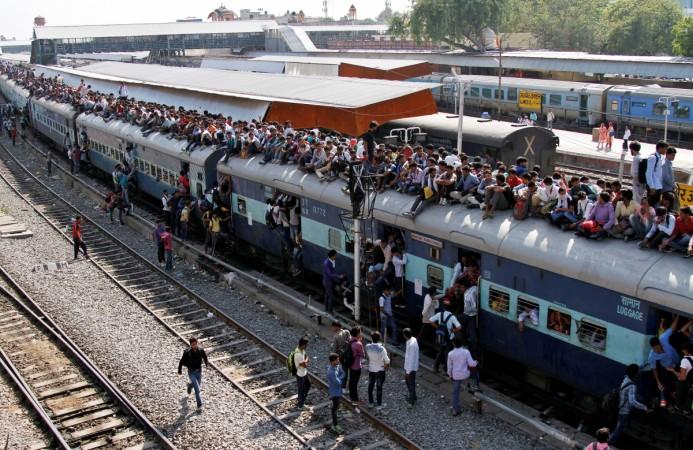
The Indian Railways has often been criticised for increasing the passenger fare, cost of platform tickets and dynamic pricing, but the latest numbers show that the even the latest fare hike has not helped the national carrier.
According to the latest data, Indian Railways had to invest Rs. 111.51 to generate every Rs. 100. The numbers have highlighted lower growth in traffic against the set target and heavy expenditure on account of increased pension liability and working expenses.
Operating ratio is a parameter of operational efficiency that calculates expenses as a proportion of revenue.
A higher expense ratio indicates the inability of the national carrier to generate the surplus in terms of revenue that could be further used for capital investments such as laying new tracks and deploying more coaches.
The Railways financing wing shows that it has missed the estimated target in the first four months of the current financial year. The National carrier earned Rs. 172.73 billion from passengers against a target of Rs. 177.36 billion. Similarly, goods earnings performance of the railways was also below the budget projection during April-July 2018 which stood at Rs. 364.8 billion as against the set target of Rs. 392.53 billion.

It is to be noted that the aggressive road and highways construction carried out by the Ministry of Road, Transport and Highways has also contributed to Indian Railways' problems. In the current fiscal ending July 2018, the total earnings of the Railways stood at Rs. 567.18 billion against the target of Rs. 619.02 billion.
The Indian Railways has reserved its highest ever capital expenditure of Rs. 1.48 trillion for the financial year 2018-19 and has also focused on capacity augmentation, electrification, station redevelopment and overall infrastructure upgrade.
Interestingly, the operating ratio of the railways has been high for many years but for last five-six years, it has hovered in mid-90 per cent range. For FY 2017-18, it stood at 96 per cent. The estimated operating ratio for the whole 2018-19 was put at 92.8.

















